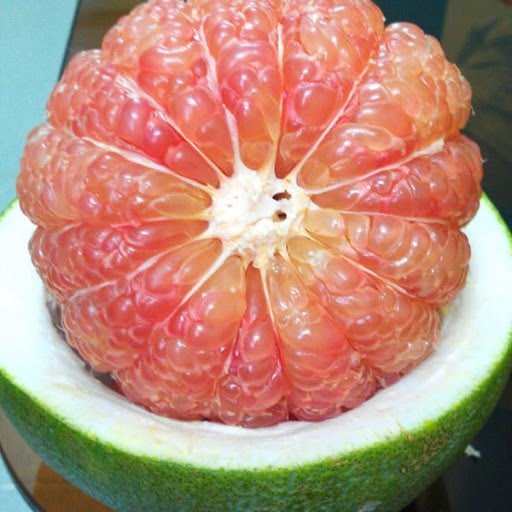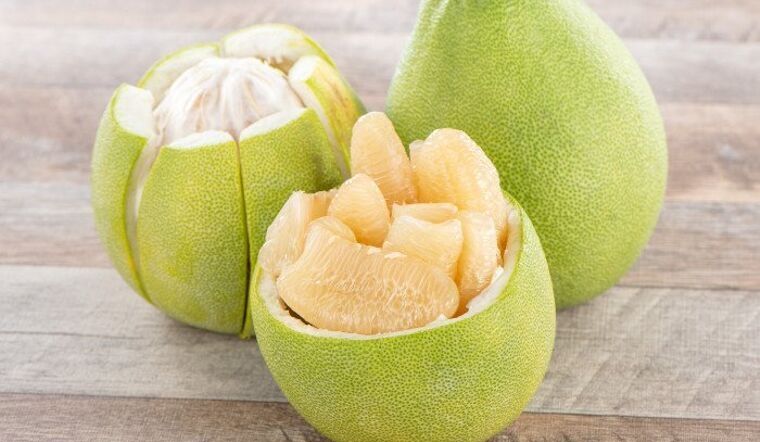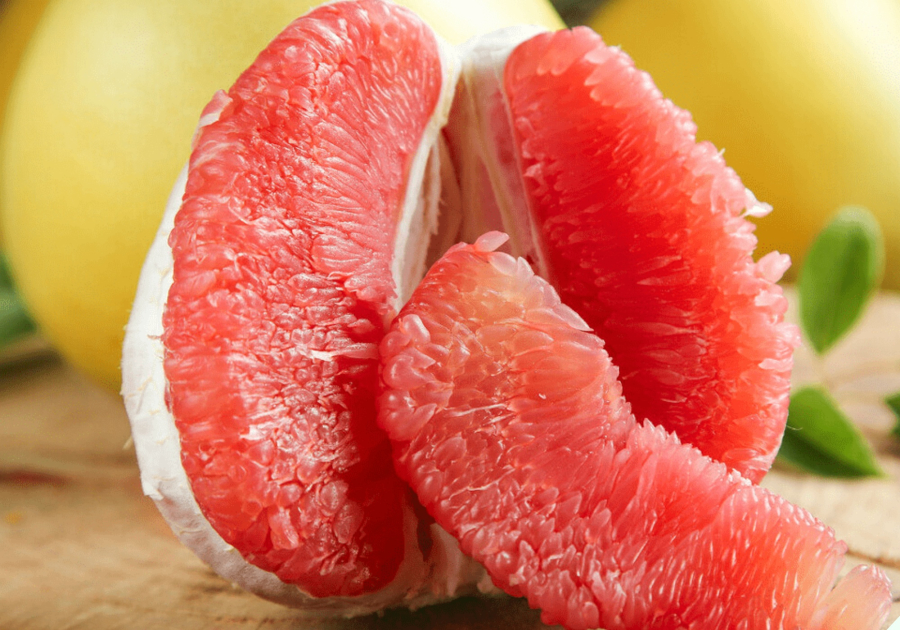Grapefruits are a fantastic source of daily nutrition, offering not just fiber and vitamins, but also immune-boosting properties and support for various health issues. To enjoy the full benefits of this fruit, it’s important to know how to select the best ones. While grapefruits may be a familiar sight, choosing a ripe, juicy, and tasty one is not always easy.

Not All Grapefruits Are Created Equal: How to Spot the Perfect One
Here are some simple tips that consumers can easily remember and apply to choose the best grapefruits.
Examine the Skin
Many consumers, especially those less experienced, tend to gravitate towards grapefruit with a shiny, smooth exterior. However, the key to finding delicious grapefruit often lies in doing the opposite.
Instead of opting for flawless-looking fruit, go for grapefruits with slightly duller skin or a “rough” texture. These grapefruits usually have thicker skin and are fully ripe, guaranteeing sweetness and juiciness. Additionally, if you notice some bumps near the stem, that’s a telltale sign of a very juicy grapefruit.
Grapefruits with perfect-looking skins may not offer the same nutritional benefits. They are better suited for display purposes or religious offerings rather than for consumption.

Dull Skin, Juicy Fruit: Embrace the Imperfections
Check the Stem
Most grapefruits sold in markets, shops, and supermarkets nowadays don’t have their stems intact. However, this doesn’t mean you can’t assess their freshness and ripeness.
Pay attention to the area where the stem used to be. Gently press on it, and if it feels soft, the grapefruit is ripe and ready to be enjoyed. On the other hand, if the area around the stem feels hard and resistant to pressure, the fruit is unripe and not yet ready for consumption.
Additionally, if the stem is not centered but slightly off to one side, it’s best to avoid that grapefruit. This is often a sign of a grapefruit that was harvested too early and may not live up to your taste expectations.
Weigh Your Options
One useful method to select juicy grapefruits is to compare their weights. Hold one in each hand and see which feels heavier. The heavier grapefruit will likely be juicier and provide a more satisfying eating experience.
Depending on your personal preferences, family needs, and intended use, you can apply these tips to choose grapefruits wisely.

Weight Matters: Heavier Grapefruits Tend to Be Juicier
Long-Term Grapefruit Storage: Keeping Them Fresh at Home
To prevent your grapefruits from becoming overly ripe and losing their natural sweetness, you can implement effective storage methods as soon as you get home. With these techniques, you can keep grapefruits fresh for about 2-3 months without refrigeration.
The first method involves applying lime to the stem. Start by washing the grapefruit and, if it has a stem, trim it a little. If there’s no stem, that’s fine too. Then, dip the stem or the area where the stem used to be in lime. Finally, store the grapefruit in a cool, dry place, away from direct sunlight and moisture. Lime acts as a natural disinfectant, preventing the fruit from spoiling, and this method is trusted by many farmers and grapefruit-growing families.
The second method employs the use of dry sand. This helps absorb moisture, extending the shelf life of grapefruits to 4-6 months without the risk of mold or rot. Simply prepare a bucket or bag of dry sand and place the grapefruits inside. Remember to check the sand weekly to ensure it hasn’t become damp, replacing it if necessary.
For peeled or segmented grapefruits, place them in airtight bags or containers. Consume them within 2-3 days and avoid long-term refrigeration, as this can affect their quality, taste, and juiciness.






























